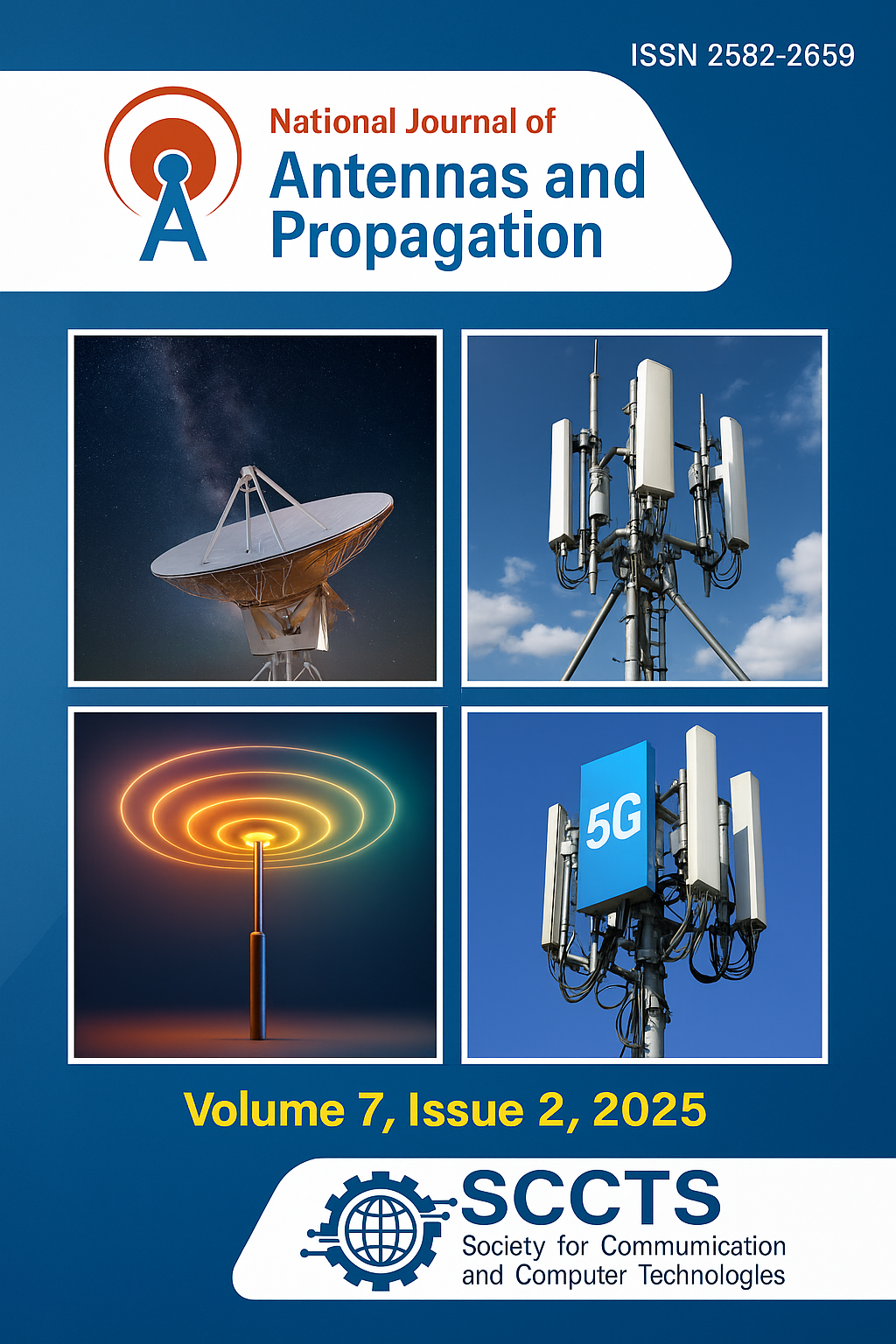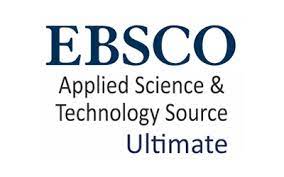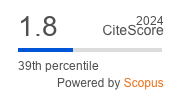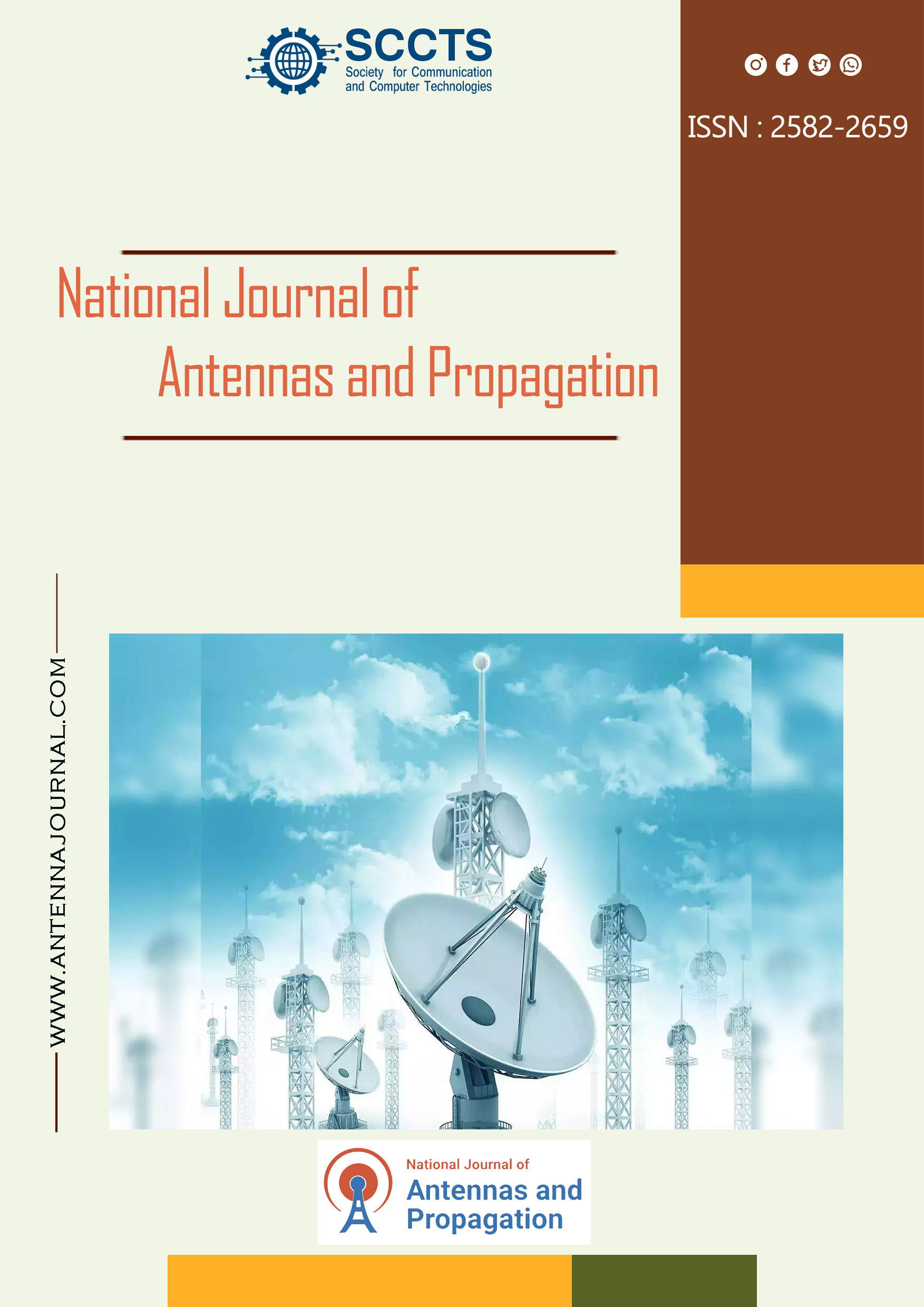AI-Augmented Metasurface Synthesis for Dynamic Beam Steering in Reconfigurable Antenna Arrays
DOI:
https://doi.org/10.31838/NJAP/07.02.18Keywords:
Metasurface Antennas, Dynamic Beam Steering, Reconfigurable Arrays, Deep Reinforcement Learning, 6G Communications, Intelligent Surfaces, Adaptive AntennasAbstract
In the pursuit of the sixth generation (6G) wireless communication systems, highly responsive, energy efficient with intelligent beam steering mechanisms are needed to meet the demands of extreme data rates, ultra low latency and dense connectivity. However, historically, conventional metasurface based antennas have been rather mechanically actuated or statically optimized phase configurations that introduce significant limitations on time adaptability and hence scalability. The main contribution of this work is a novel AI augmented metasurface synthesis framework based on the Deep Q Network (DQN) reinforcement learning that makes reconfigurable antenna array capable of real time, continuous beam steering. As compared to the conventional heuristic methods e.g. genetic algorithms (GA), particle swarm optimization (PSO) the DRLs based approach has rapid policy convergence, has relatively less computational latency and is autonomous to adapt to dynamic wireless conditions.
Based on this architecture, subwavelength metasurface unit cells are dynamically modulated in phase with respect to their feedback from the environment and control to modulation arm steering angles, providing seamless angular coverage within ±60° at 28 GHz. Compared with conventional optimization-based approaches, it is shown through complete full wave electromagnetic simulations and fabricated prototype experimental validation that peak realized gain of 14.5 dBi, radiation efficiency of over 88% and beam reconfiguration latency less than 10 ms are possible. This work validates the use of DRL for intelligent control in electromagnetic systems, and thus provides a scalable low latency antenna solution for the next generation 6G infrastructure that is based on adaptive and autonomous beamforming.











